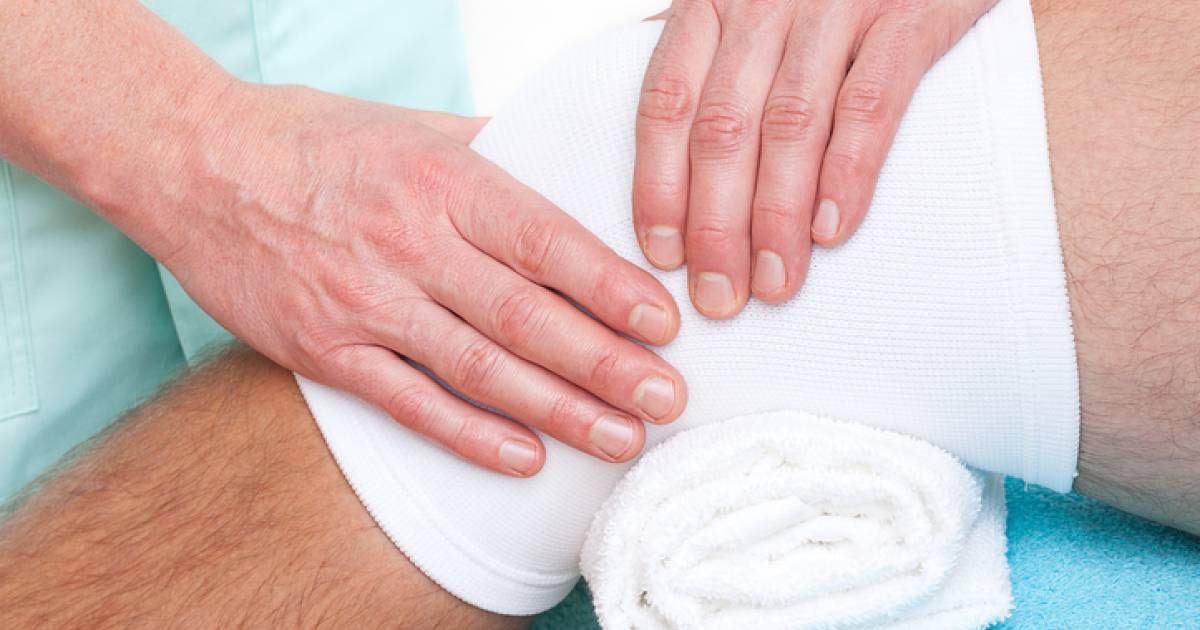What Causes Petechiae?
Petechiae are flat spots that may appear as a result of bleeding underneath the skin. The spots are typically reddish when they first appear, and they might become purple, blue, or brown with time. Patients may notice single spots in the initial stages, and these may develop into clusters of petechiae in the later stages. When pressure is applied to petechiae, they will stay the same color. Most petechiae are not painful and do not itch. Doctors can diagnose petechiae with a visual examination, and they will need to perform a physical examination of the patient to establish the underlying cause for the petechiae. Patients should monitor any petechiae for changes in size or color, and they should see a doctor if they develop a fever, confusion, breathing difficulties, a rapid pulse, or changes in heart rhythm. Depending on the cause, petechiae may be treated with antibiotics, corticosteroids, or immunosuppressants.
The conditions and injuries described below are some of the most common reasons patients experience petechiae.
Injuries And Straining
Injuries and straining could both lead to the formation of petechiae. For example, patients might notice petechiae as a result of sunburn, and these spots could also form on areas of the skin frequently exposed to friction. Students and workers who carry heavy backpacks, purses, or other bags on an almost daily basis may develop petechiae on the shoulders or other areas that backpack and bag straps might rub. Injuries from blunt force trauma, including car accidents, hitting, or biting, may also produce petechiae. Straining from childbirth is a common cause of petechiae for women, and individuals who strain regularly while lifting weights could have petechiae too. Crying, prolonged coughing, and repeated vomiting may result in petechiae as well. In cases of straining, petechiae typically form on the neck, face, and chest, and they tend to be very small in size.
Uncover another common cause of petechiae now.
Strep Throat

Strep throat is a type of bacterial infection that can cause red and white patches at the back of the throat. Patients may also develop a rash, and they could develop petechiae on the soft or hard palate. Individuals who have strep throat often experience significant throat pain that appears very suddenly, and swallowing is generally painful too. Swollen lymph nodes may be present in the neck, and headaches, fever, and body aches are common. In young children with this infection, nausea or vomiting are particularly likely. To diagnose strep throat, the doctor will look at the patient's throat to check for swollen areas and petechiae, and patients will also need to have a throat swab performed. If strep throat is diagnosed, patients are normally treated with oral antibiotics, and they should stay home from work or school for at least twenty-four hours after starting antibiotics to avoid passing the infection to others.
Keep reading to uncover another medical condition that can result in petechiae now.
